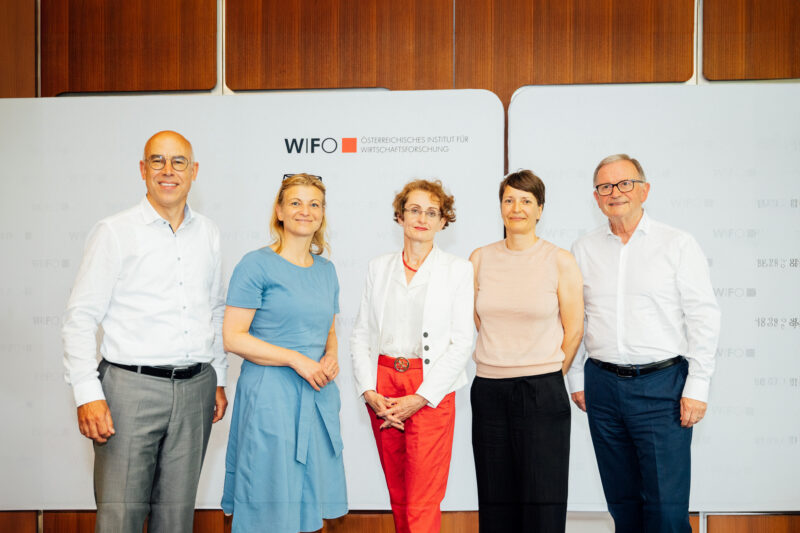
WIFO Presentations at ESPAnet Conference
Thomas Leoni presented a comparative perspective to investigate graded sick leave (GSL) schemes as policy tool to support labour market inclusion. The analysis covers seven Continental and Northern European countries (Sweden, Denmark, Norway, Finland, Germany, Austria and Switzerland). It reveals some common traits between countries, such as the implementation of sickness absence monitoring processes based on a timeline, as well as substantial differences in terms of institutional set-up, benefit design and stakeholder roles. The GSL schemes can be classified in three broad groups, ranging from models where gradation has become an integral component of the sickness certification process, to those where the graded work option is targeted to a much smaller category of workers and has a stronger therapeutic character. These groups are reflected in large differences in terms of GSL diffusion, measured as the share of sick leave spells with graded work. The available empirical findings do not warrant strong conclusions with respect to the superiority of one scheme over others as policy tool to support inclusion. The evidence seems, however, particularly favourable for more targeted models that build on ex-ante agreement between a larger number of stakeholders.
Based on a WIFO Working Paper with Gerhard Streicher and Matthias Firgo, Ulrike Famira-Mühlberger presented empirical results of the economic interdependencies of long-term care expenditures. Using a regional input-output model for Austria, the direct, indirect and induced effects of public and private expenditure on value added, employment, taxes and social security contributions are estimated.
The results show that every euro spent on care services is associated with a domestic value added of 1.70 € and 70 cents in taxes and social security contributions. The economic multipliers of care services are comparatively high due to the high share of wages and salaries in direct expenditure and the associated direct value added. Public expenditure on professional care services should therefore not be seen only as a cost factor in the public budget. Rather, this rapidly growing economic sector is an increasingly important economic factor, even in times of ageing societies.
Please contact
























